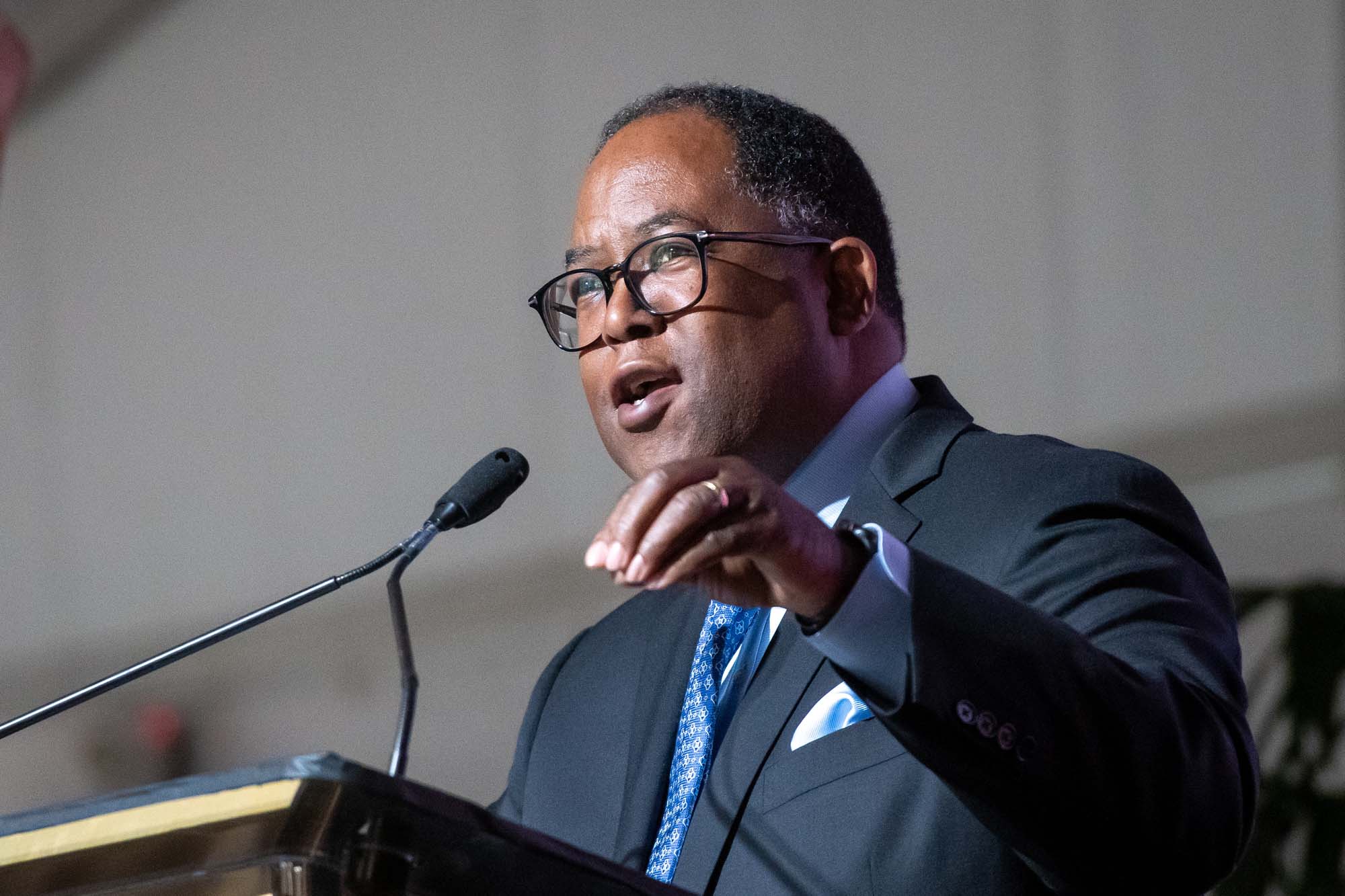Originally included in the April 27 edition of PRAXIS
For the past several editions of PRAXIS we have discussed intersectionality, collaboration, urgency, academic interventions and more. If we agree that homelessness is the defining moral crisis of our time, then it warrants more than mundane policy making and routine program planning— it requires robust innovation.
Innovation stems from ingenuity and productivity. When dealing with homelessness it means daring to resist the status quo. In many ways the status quo has been about the politics of public safety and the optics of clean streets. Granted, safety and sanitation shouldn’t be profane words in the vocabulary of homeless advocates, nor should they dominate the discussion of real solutions and thoughtful problem solving.

That sort of thinking resulted in an avoidable conflagration in the City of Los Angeles in March 2021 dealing with runaway homeless encampments in Echo Park near the family friendly recreational lake. Regrettably, former elected officials (Mayor, Councilman and City Attorney) all rejected the notion of a less confrontational and more unconventional method of resolution—in other words, an innovation solution.
A year ago this month, a promising report was released that sought to take street engagement to a new level. Utilizing the concept of “bridge building” as its point of departure, the report points in the direction of not mere novelty but innovation instead.
Innovation in this space could mean at least the following:
a) a creative reassessment of the challenge
b) a paradigm shift
c) capacity to confront complexity
d) willingness to increase collaboration and community
From my point of view, as explored in August 2021, bridge building was designed to be human centered and focused on reducing conflict with the homeless opulation and increasing enlightened street engagement toward better outcomes for all stakeholders: those with lived experience, community members at large, service providers, neighborhood leaders, advocates, business leaders, faith leaders as well as City and County staff.
With this expansive list of stakeholders accountability is essential. Innovation without accountability is like a leader without followers—nothing going on. In rder to do the work of addressing homelessness stakeholders must become collaborators. Authentic collaboration is grounded in trust—the very element that those with lived experience assert is conspicuously absent from this work! Distrust is a contagion that pollutes the environment and breeds dysfunction in the public and private sectors. In other words, intergovernmental and interdepartmental conflict is compounded by competition and dissension among non-profit service providers and for-profit developers.
There is much more to be said here but it will have to wait until our next installment. For now, we need to call forth a new group of innovators to help us deal with the homelessness crisis. Let’s begin with mediators, group facilitators, gang interventionists rather than relying on inadequately equipped law enforcement officers to reduce conflict and broker peace. This is the essence of the paradigm shift that is required to address this crisis with deep understanding, urgency and authenticity. We have an extraordinary opportunity, we must seize it!


